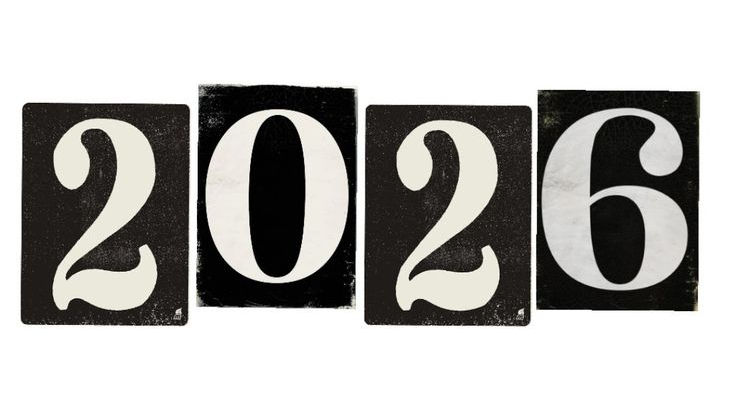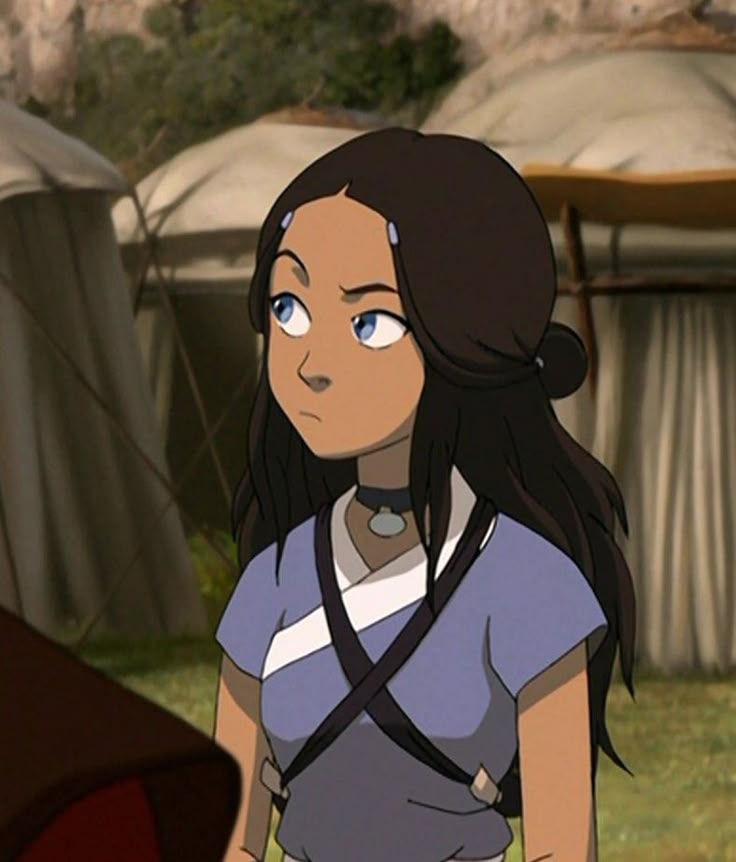Crop Circles: They Saved the Midwest!
- Eli Mirek

- Apr 29, 2025
- 3 min read
Hey y'all! Midwest Muse is back to wish you a happy last week of classes! I am very excited for summer and for the nice weather to continue. Today, I will be talking about crop circles, also known as irrigation circles. Many of you may be thinking about the crop circles that are believed to be messages from extraterrestrial life, but I will actually be discussing the crop circles that are abundant in the Midwest, specifically in Nebraska and Kansas. If you zoom into either state on Google Maps, you can find them!

These circles are created by a method called center-pivot irrigation. Center-pivot irrigation is a method of crop irrigation, the practice of supplying water to maximize crop growth. When driving through the Midwest, you may recognize the equipment used in center-pivot irrigation. It is a large sprinkler on wheels with multiple nozzles called a center pivot. The center pivot rotates around the field and waters the crops, creating a circle pattern! This system is particularly useful in dry areas where the rainfall is below average. According to Hunter, center-pivot irrigation "deliver[s] water uniformly, reducing water waste and ensuring each part of the crop gets its fair share of hydration."

The center-pivot irrigation system has a lot of historical significance as well, and food production in America would not be the same without it. In the 1930s, a period known as The Dust Bowl and the "Dirty Thirties", the Great Plains suffered from drought and severe dust storms. This negatively impacted the agriculture of the surrounding areas, and old European methods of irrigation were ruled to be ineffective.
The Great Plains region was seen as an inhabitable desert by the United States government for a long time, even though Native Americans had lived in the region for hundreds of years before. European settlers tried to grow crops in the region by pumping water out from the Ogallala Aquifer, an underground water reservoir, but it required a lot of labor, power, and money to keep running. With the addition of drought in the 30s, it seemed pretty unlikely that the Great Plains would be a good place to grow crops.
This all changed in 1948, when Nebraskan farmer Fred Zybach invented the center pivot. The system was able to cover up to 133 acres on a 160-acre field! The system did not have to be assembled or disassembled by workers when it was time to plant or harvest, which decreased the cost of labor significantly. While water was still being pumped from the Ogallala Aquifer in the center of the system, it needed much less power to run because it covered such large areas of land.

The system gained a huge amount of popularity after drought returned in the 1950s. Farmers who used the center-pivot system were at an advantage! Communities in the Great Plains flourished because of the new irrigation system. Crops used for livestock feed became available, meaning that the livestock industry moved to the Midwest. Families, laborers, and farmers stayed in small towns, keeping them alive and growing! There is no doubt that crop circles saved the Midwest and brought life to the Great Plains after the Dust Bowl. Not only do crop circles and the center-pivot system have a lot of significance to the Midwest, but they look pretty cool too!
I hope y'all learned something interesting! I found that researching for this blog was really fun, and I plan to write about the Dust Bowl and the Ogallala Aquifer soon. I also plan to write some blogs over the summer, so stay tuned!

Research from "How Center Pivot Irrigation Brought the Dust Bowl Back to Life" by Joe Anderson and "The Curious Case of Irrigation Circles: Crop Circles, But Not from Aliens!" by Hunter Agricultural Irrigation.
_edited.png)



Woah these look so cool! I didn't know these existed :o